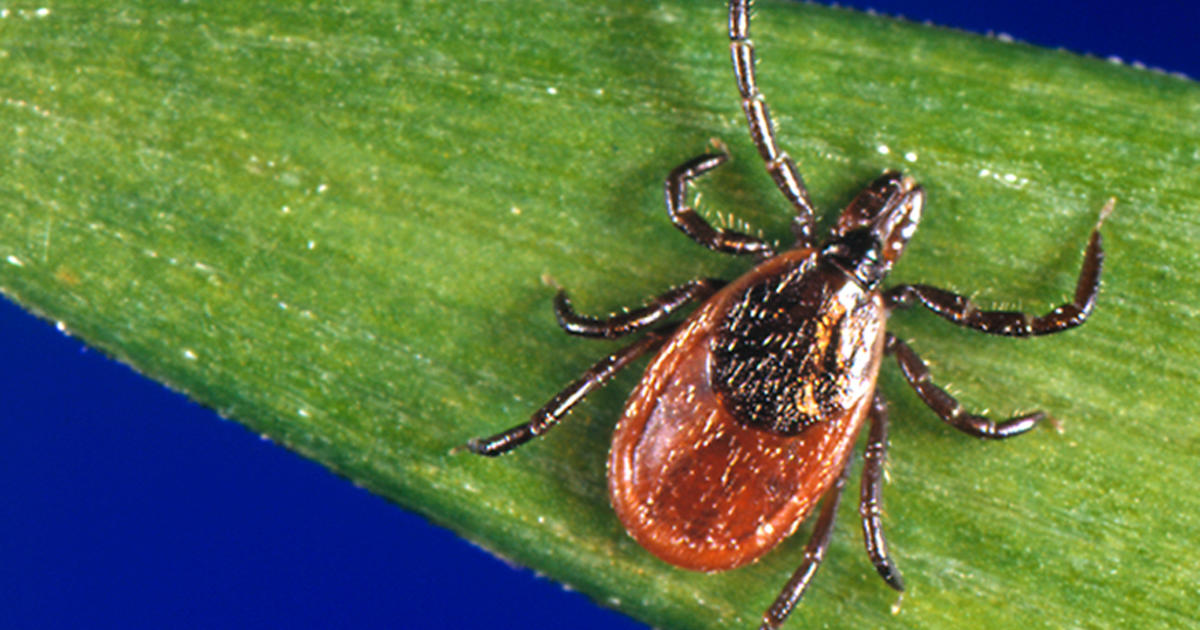Study: Pesticide Likely To Blame For Drop In Honey Bee Population
CAMBRIDGE (CBS) - Honeybees are a critical part of our food supply, but they're disappearing at an alarming rate.
Since 2006, something called colony collapse disorder (CCD) has devastated honeybee hives and until now, no one knew exactly why.
Dr. Alex Lu of Harvard, though, believes he's solved the mystery.
A study issued Thursday by the Harvard School of Public Health points to a widely used pesticide as the likely culprit.
Researchers set up 20 hives. Four were controls, while the bees in the other 16 were exposed to various levels of the pesticide imidacloprid (.pdf).
Most of the bees in 15 of those hives disappeared.
"94 percent of the hives that were treated with the pesticide three to six months ago were found dead," said Dr. Lu.
Here's the suspected link: Most beekeepers feed their bees high fructose corn syrup. Since 2005, the pesticide has been used on corn. One year later, CCD became widespread.
"The government never measured those residues in high fructose corn syrup. That's why we all assumed that those syrups are safe," said Dr. Lu.
Dr. Lu says the bees should be OK if the pesticide gets taken away.
"I would temporarily ban those pesticides for three, four years, and see how this bee population behaves," said Dr. Lu.
At that point, scientists would know for sure.
The link to the chemical is not definitive at this point.
Bayer CropScience, the manufacturer of the pesticide released a statement saying that the survey is flawed:
Bayer CropScience has reviewed the study for publication in the June issue of the Bulletin of Insectology regarding imidacloprid's supposed impact on honey bee colony health. The study is factually inaccurate and is seriously flawed, both in its methodology and conclusions.
Although the study claims to have established a link between imidacloprid and bee colony collapse, the symptoms observed in the study bees are not consistent with, or even remotely similar to, those of Colony Collapse Disorder (CCD). As such, the authors' claims that their study explains the causes of CCD are spectacularly incorrect.
Additionally, the authors assume erroneously that the majority of corn grown in the United States has been treated with imidacloprid. In actuality, over the past 8 years, the annual percentage of total corn acres in the U.S. treated with imidacloprid has been less than half a percent. Thus, the suggestion that imidacloprid is affecting honey bee health via residue found on corn or through corn products is also grossly inaccurate.



